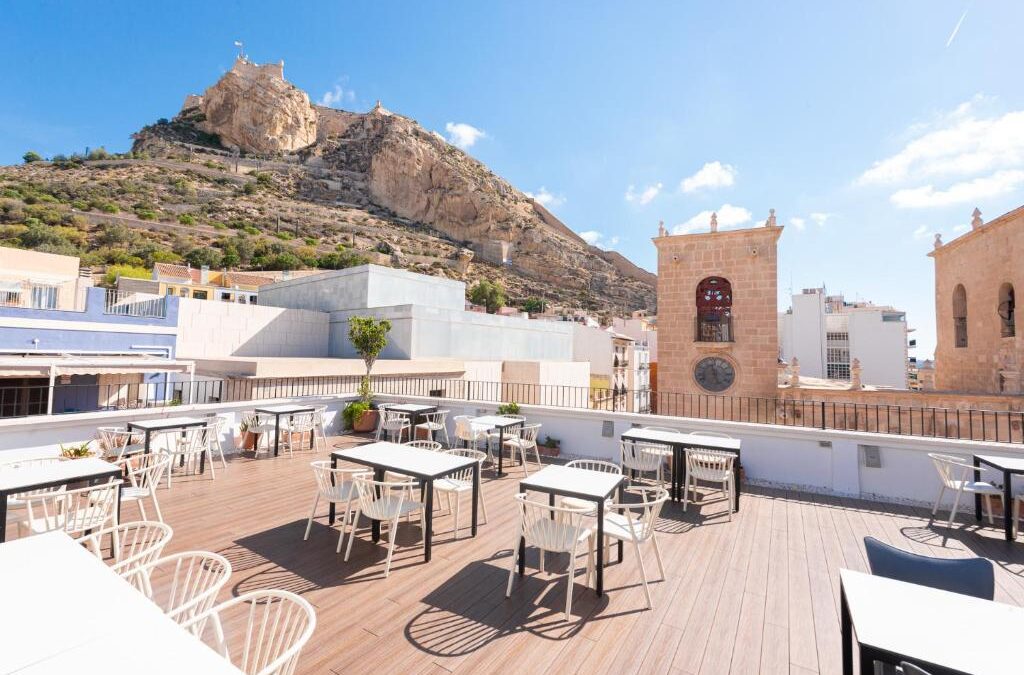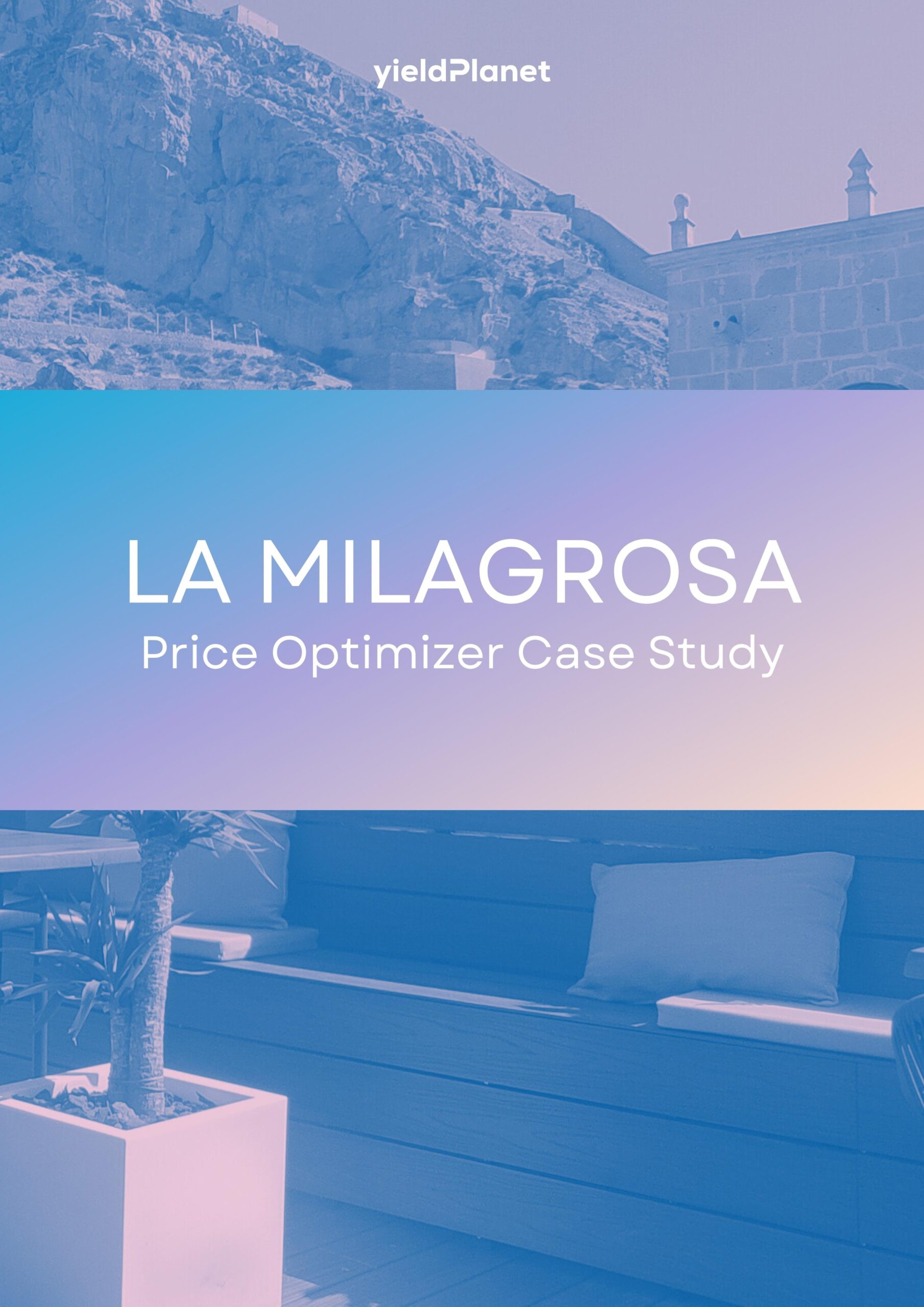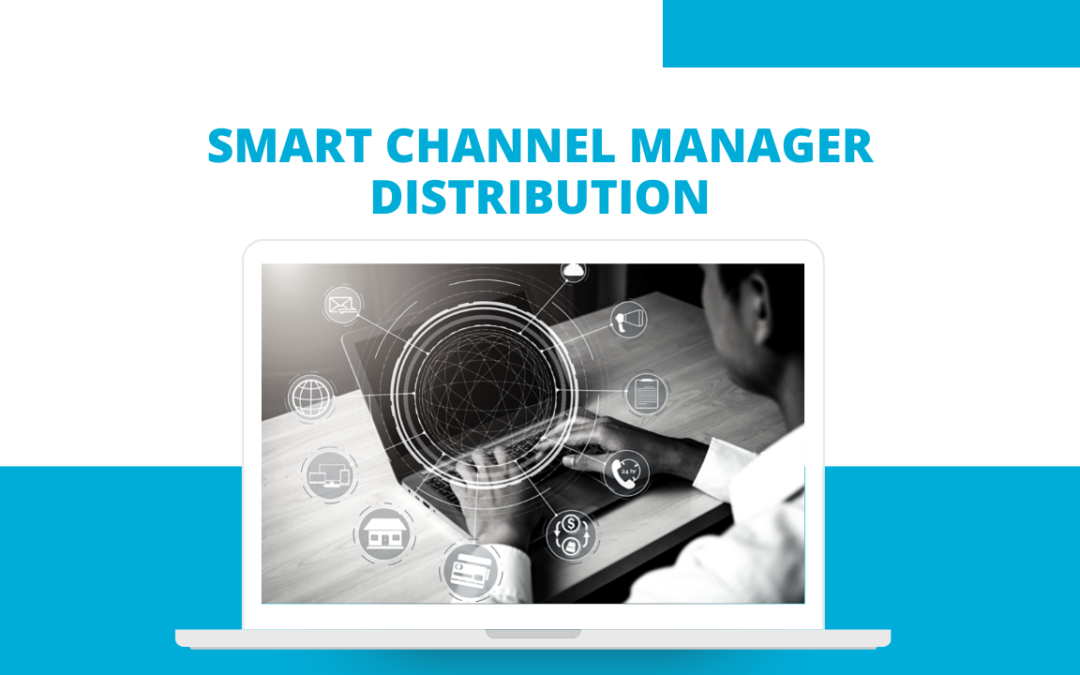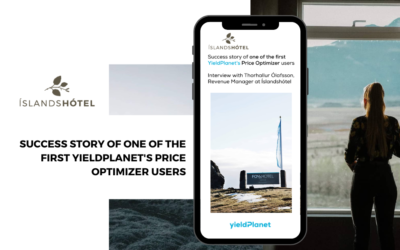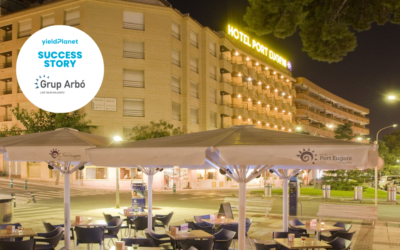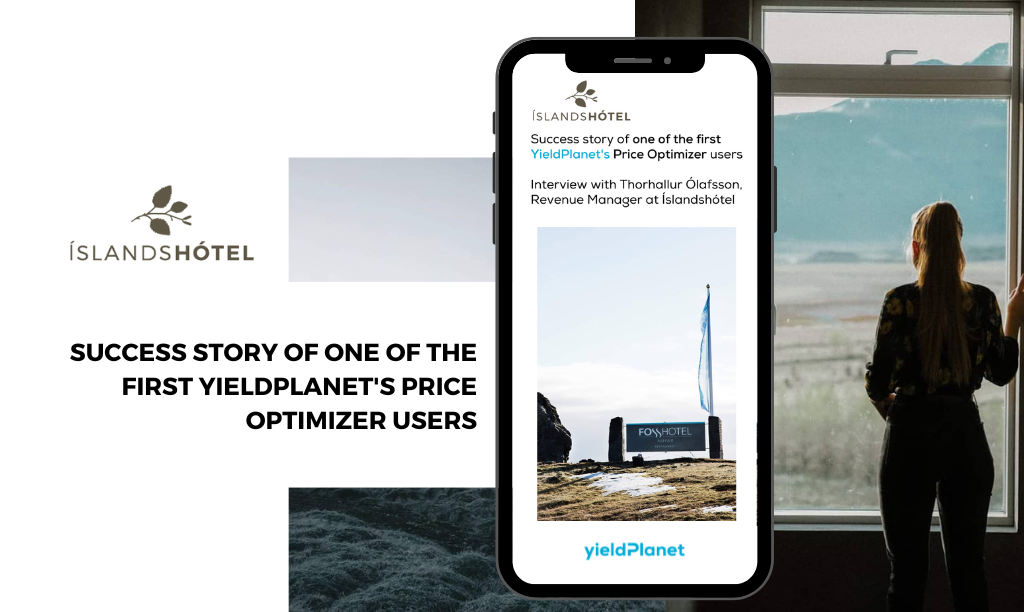Hotel La Milagrosa Price OptimizerSeptember 2023In this case study, we explore the success story...

YieldPlanet Event im B2 Hotel Zürich am Mittwoch, 20. März 2024🪁
Vor 2 Jahren haben wir positive Rückmeldungen für unseren ersten YieldPlanet Event erhalten. Nun haben wir uns entschlossen, im März eine Neuauflage zu machen.
Mehr denn je sind die Märkte im Umbruch und neue Trends entstehen fast monatlich. Deshalb sind wir sehr glücklich Simon Bosshart, Head Markets East, Member of the Management von Schweiz Tourismus als Referent gewonnen zu haben. Er wird über die allgemeine Entwicklung der Märkte (inklusive ökonomische / geopolitische / ökologische Herausforderungen der näheren Zukunft), sowie zur Zukunftsstrategie von Schweiz Tourismus informieren.
Im Anschluss wird unser Product Manager Aman Hathiramani von YieldPlanet in Warschau, weiterführend über die folgenden Themen der Märkte informieren:
Welches sind die Buchungsfenster der verschiedenen Märkte?
Welche Online-Kanäle werden von welchen Märkten angesprochen?
Welche Ziele verfolgen die verschiedenen Märkte?
Das sind die Highlights:
- 15 Uhr: Referat von Simon Bosshart von Schweiz Tourismus mit Insights über die Marktentwicklung und die künftige Strategie von Schweiz Tourismus. Dauer, ca. 30 – 45 Minuten, anschliessend Fragerunde
- 16 Uhr: Informationen von Aman Hathiramani über die aktuellen Buchungsgewohnheiten der verschiedenen Märkte. Dauer, ca. 20 – 30 Minuten, anschliessend Fragerunde
- Verschiedene Funktionen im Price Optimizer direkt erklärt
- Feine Snacks und Getränke mit genügend Zeit, um sich mit Kollegen und dem YieldPlanet Team auszutauschen
Um für dieses Jahr bestmöglich gerüstet zu sein, laden wir Sie und Ihre Mitarbeiter herzlich zu unserem YieldPlanet Event ein. Nutzen Sie diese Gelegenheit um sich mit anderen Price Optimizer Kunden bei einem feinen Snack auszutauschen, von YieldPlanet Experten die neusten Tipps & Tricks zu erfahren und vom KnowHow externer Referenten zu profitieren. Auch für individuelle Fragen sind wir an diesem Nachmittag gerne für Sie da.
Wir sind am Mittwoch, 20. März 2024 von 14.30 Uhr bis 18.00 Uhr vor Ort. Bitte registrieren Sie sich unverbindlich und natürlich kostenlos über den folgenden Link:
Ps: Haben Sie Kollegen, die auch an der neusten Entwicklung interessiert sind? Gerne können Sie den Link weitergeben!

